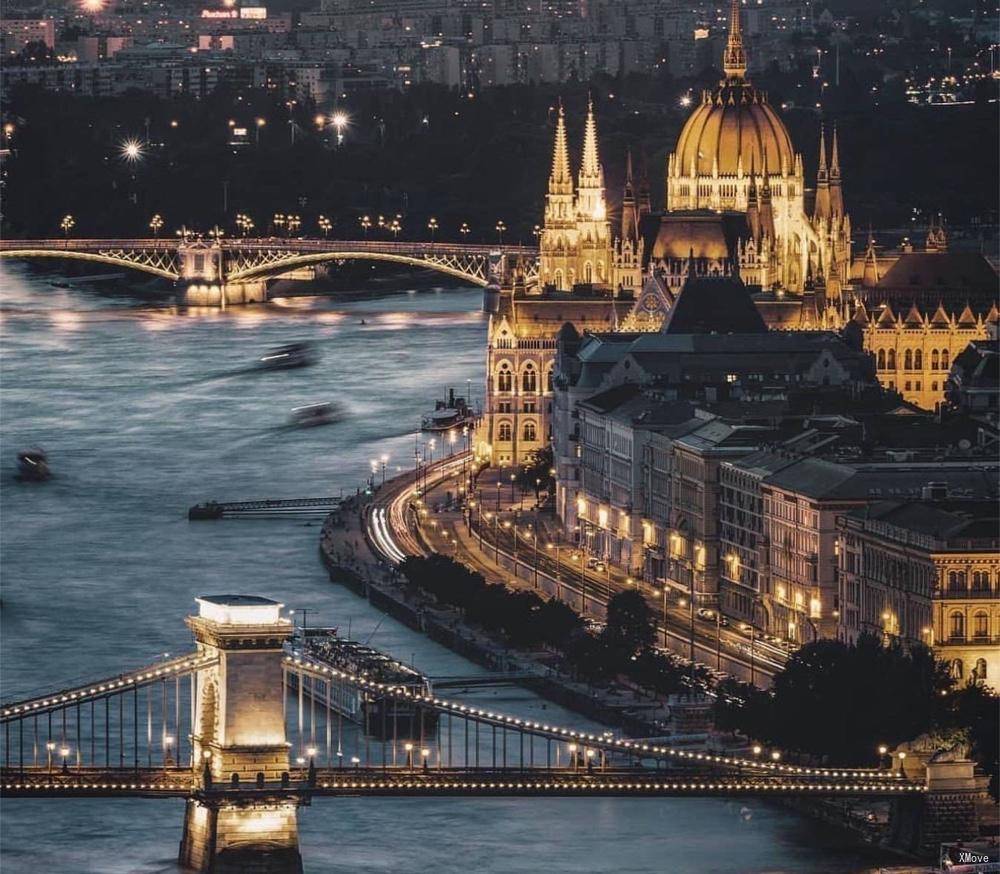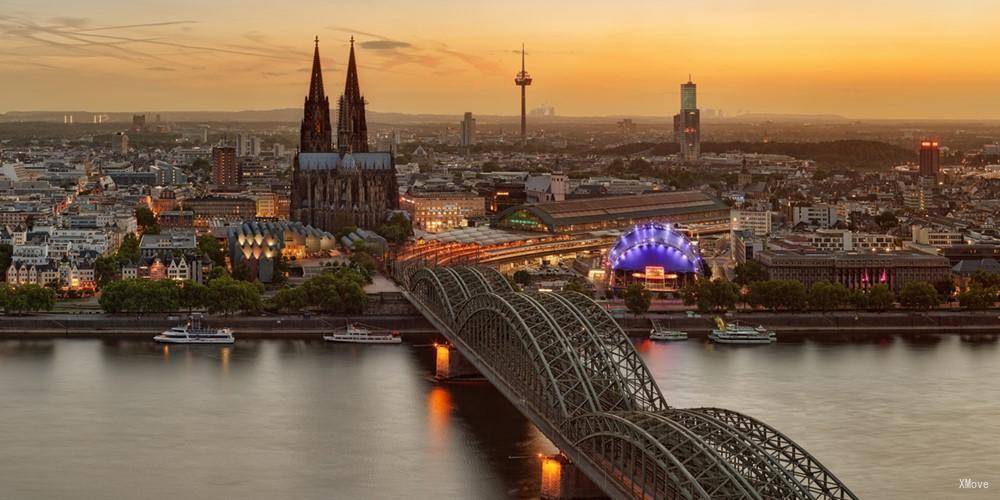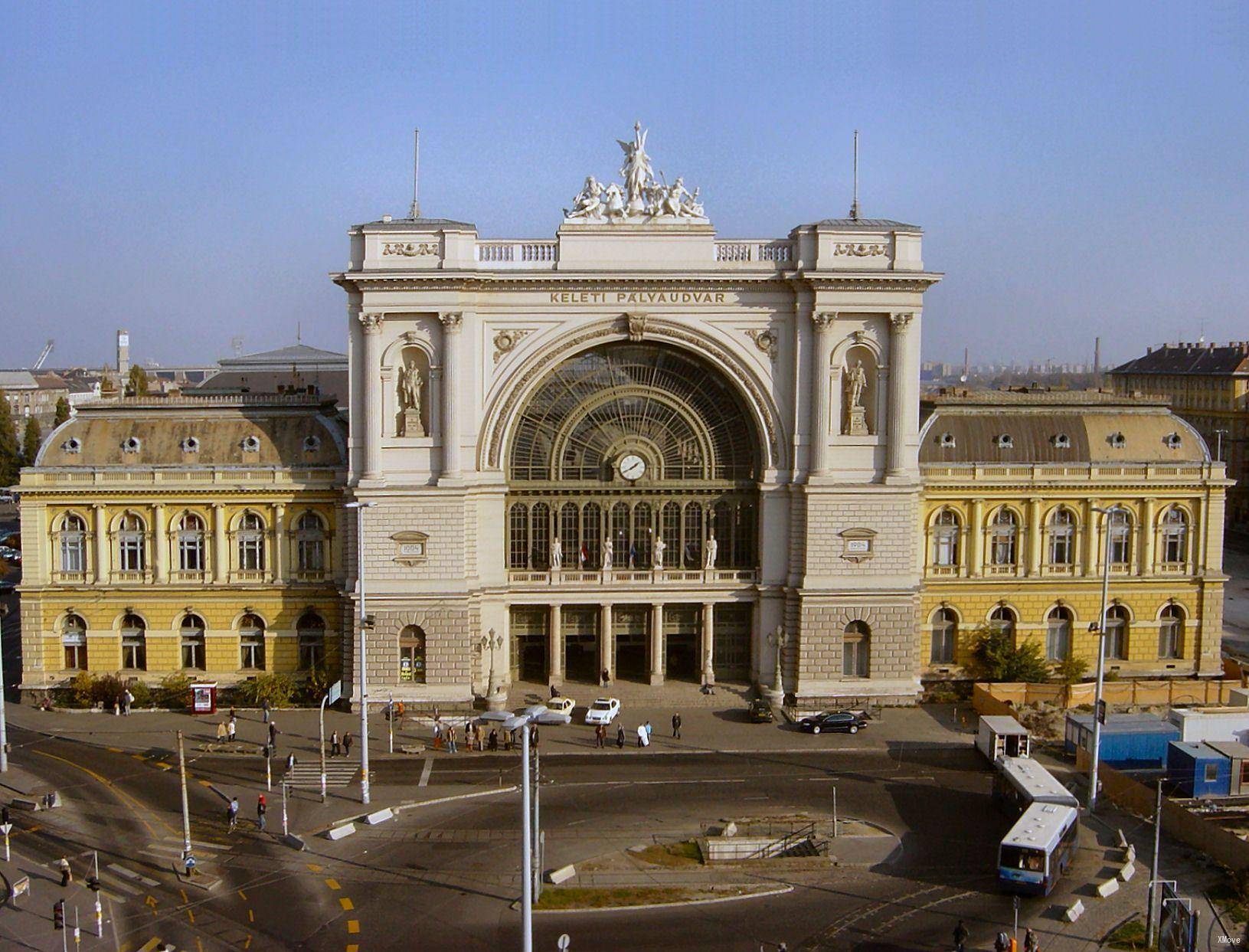Budapest to K Oe Ln: Trains, Buses, Fares, Today's Connections, Routes, Duration, Types of Trains, Station Guides, Tips, Journey
Hungary Train Tickets
Train schedule Budapest to K Oe Ln(Köln)
Popular train routes departing from Budapest
* Vienna Airport(Wien Flughafen)
* Brno Central(Brno Hl.N.)
* Venice Santa Lucia Central(Venezia Santa Lucia)
* Vienna Airport(Wien Flughafen)
* Warszawa Central Station(Warszawa Centralna)
* Frankfurt(M) Airport(Frankfurt(M)Flughafen)
* Belgrade(Beograd)
Popular train routes arriving in Budapest
* Achern
* โซเฟีย(Sofia)
* Bucuresti Nord Gara B (Basarab, บูคาเรสต์)(Bucuresti Nord Gara B (Basarab,Bucharest))
* โคโลญจ์(Köln)
* ซูปันจา(Zupanja)
* เมินเชนกลัดบัค Hbf(Mönchengladbach Hbf)
* Kiev
Popular train routes departing from K Oe Ln(Köln)
* Frankfurt(M) Airport Fernbf(Frankfurt(M) Flughafen Fernbf)
* Warendorf
* Amsterdam Schiphol Airport
* Liège Guillemins
* Bergisch Gladbach
* Venice(Venezia)
* Koblenz Central(Koblenz Hbf)
Popular train routes arriving in K Oe Ln(Köln)
* Ulm Centralstation(Ulm Hbf)
* Dillingen (Saar)(Dillingen(Saar))
* Eindhoven
* Frankfurt Centralstation(Frankfurt(Main)Hbf)
* Nürnbergs Hovedstation(Nürnberg Hbf)
* Strasbourg
* Hamborgs Centralstation(Hamburg Hbf)

Budapest (, Hungarian pronunciation: [ˈbudɒpɛʃt]) is the capital and the most populous city of Hungary, and the tenth-largest city in the European Union by population within city limits. The city has an estimated population of 1,752,286 over a land area of about 525 square kilometres (203 square miles). Budapest is both a city and county, and forms the centre of the Budapest metropolitan area, which has an area of 7,626 square kilometres (2,944 square miles) and a population of 3,303,786, comprising 33% of the population of Hungary.The history of Budapest began when an early Celtic settlement transformed into the Roman town of Aquincum, the capital of Lower Pannonia. The Hungarians arrived in the territory in the late 9th century. The area was pillaged by the Mongols in 1241. Buda, the settlements on the west bank of the river, became one of the centres of Renaissance humanist culture by the 15th century. The Battle of Mohács, in 1526, was followed by nearly 150 years of Ottoman rule. After the reconquest of Buda in 1686, the region entered a new age of prosperity. Pest-Buda became a global city with the unification of Buda, Óbuda, and Pest on 17 November 1873, with the name 'Budapest' given to the new capital. Budapest also became the co-capital of the Austro-Hungarian Empire, a great power that dissolved in 1918, following World War I. The city was the focal point of the Hungarian Revolution of 1848, the Battle of Budapest in 1945, and the Hungarian Revolution of 1956.Budapest is an Alpha − global city with strengths in commerce, finance, media, art, fashion, research, technology, education, and entertainment. It is Hungary's financial centre and was ranked as the second fastest-developing urban economy in Europe. Budapest is the headquarters of the European Institute of Innovation and Technology, the European Police College and the first foreign office of the China Investment Promotion Agency. Over 40 colleges and universities are located in Budapest, including the Eötvös Loránd University, the Semmelweis University and the Budapest University of Technology and Economics. Opened in 1896, the city's subway system, the Budapest Metro, serves 1.27 million, while the Budapest Tram Network serves 1.08 million passengers daily.Among Budapest's important museums and cultural institutions is the Museum of Fine Arts. Further famous cultural institutions are the Hungarian National Museum, House of Terror, Franz Liszt Academy of Music, Hungarian State Opera House and National Széchényi Library. The central area of the city along the Danube River is classified as a UNESCO World Heritage Site and has several notable monuments, including the Hungarian Parliament, Buda Castle, Fisherman's Bastion, Gresham Palace, Széchenyi Chain Bridge, Matthias Church and the Liberty Statue. Other famous landmarks include Andrássy Avenue, St. Stephen's Basilica, Heroes' Square, the Great Market Hall, the Nyugati Railway Station built by the Eiffel Company of Paris in 1877 and the second-oldest metro line in the world, the Millennium Underground Railway. The city also has around 80 geothermal springs, the largest thermal water cave system, second largest synagogue, and third largest Parliament building in the world. Budapest attracts 4.4 million international tourists per year, making it a popular destination in Europe.
Budapest - Guide, Attractions, Tours, Sightseeings | Train from/to Budapest | Popular RoutesCologne (English: kə-LOHN; German: Köln [kœln] ; Ripuarian: Kölle [ˈkœlə] ) is the largest city of Germany's most populous federal state of North Rhine-Westphalia and the fourth most populous city in Germany after Berlin, Hamburg, and Munich. With slightly over a million inhabitants (1.08 million) within its city boundaries, Cologne is the largest city on the Rhine and also the most populous city both of the Rhine-Ruhr Metropolitan Region, which is Germany's largest and one of Europe's major metropolitan areas, and of the Rhineland. Centered on the left bank of the Rhine, Cologne is about 45 kilometres (28 mi) southeast of North Rhine-Westphalia's capital of Düsseldorf and 25 kilometres (16 mi) northwest of Bonn. It is the largest city in the Central Franconian and Ripuarian dialect areas. The city's Cologne Cathedral (Kölner Dom) is the seat of the Catholic Archbishop of Cologne. There are many institutions of higher education in the city, most notably the University of Cologne (Universität zu Köln), one of Europe's oldest and largest universities, the Technical University of Cologne (Technische Hochschule Köln), Germany's largest university of applied sciences, and the German Sport University Cologne (Deutsche Sporthochschule Köln), Germany's only sport university. Cologne Bonn Airport (Flughafen Köln/Bonn) is Germany's seventh-largest airport and lies in the southeast of the city. The main airport for the Rhine-Ruhr region is Düsseldorf Airport. Cologne was founded and established in Ubii territory in the 1st century AD as the Roman Colonia Claudia Ara Agrippinensium, the first word of which is the origin of its name. An alternative Latin name of the settlement is Augusta Ubiorum, after the Ubii. "Cologne", the French version of the city's name, has become standard in English as well. Cologne functioned as the capital of the Roman province of Germania Inferior and as the headquarters of the Roman military in the region until occupied by the Franks in 462. During the Middle Ages the city flourished as being located on one of the most important major trade routes between east and west in Europe. Cologne was one of the leading members of the Hanseatic League and one of the largest cities north of the Alps in medieval and Renaissance times. Prior to World War II the city had undergone several occupations by the French and also by the British (1918–1926). Cologne was one of the most heavily bombed cities in Germany during World War II, with the Royal Air Force (RAF) dropping 34,711 long tons (35,268 tonnes) of bombs on the city. The bombing reduced the population by 95%, mainly due to evacuation, and destroyed almost the entire city. With the intention of restoring as many historic buildings as possible, the successful postwar rebuilding has resulted in a very mixed and unique cityscape. Cologne is a major cultural centre for the Rhineland; it hosts more than 30 museums and hundreds of galleries. Exhibitions range from local ancient Roman archeological sites to contemporary graphics and sculpture. The Cologne Trade Fair hosts a number of trade shows such as Art Cologne, imm Cologne, Gamescom, and the Photokina.
Cologne - Guide, Attractions, Tours, Sightseeings | Train from/to Cologne | Popular Routes
Hungary Train Tickets
Hot Journeys
* Florence -> Rome(Roma)
* Milan -> Turin(Torino)
* Lucerne(Luzern) -> Arth
* Turin(Torino) -> Milan
* Moscow(Москва) -> St. Petersburg(санкт петербург)
* Cologne(Köln) -> Frankfurt Airport(Frankfurt Flughafen)
* Florence -> Prato(Prato)
* Rome(Roma) -> Florence
* Beijing(北京) -> Shanghai(上海)
* Frankfurt Airport(Frankfurt Flughafen) -> Stuttgart
* Venice(Venezia) -> Bologna
* Nice -> Milan
* Strasbourg -> Paris
* Milan -> Venice(Venezia)
* Florence -> Pisa
* Warsaw(Warszawa) -> Berlin(Berlin)
* Madrid(Madrid) -> Barcelona
* Frankfurt -> Dusseldorf(Düsseldorf)





